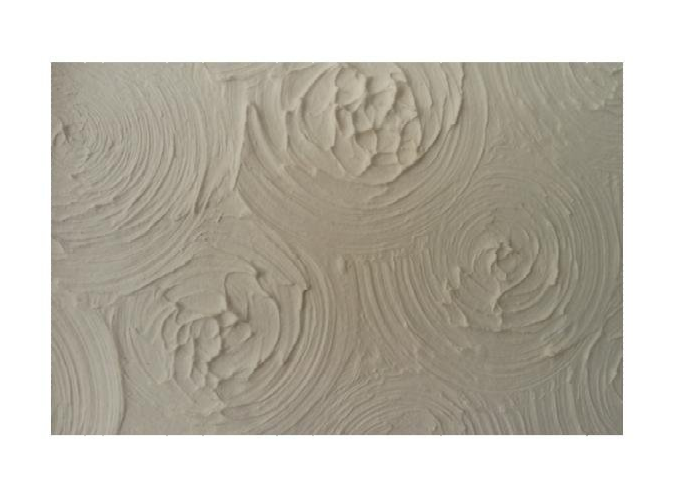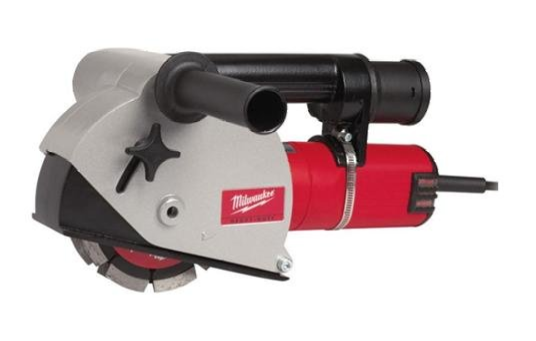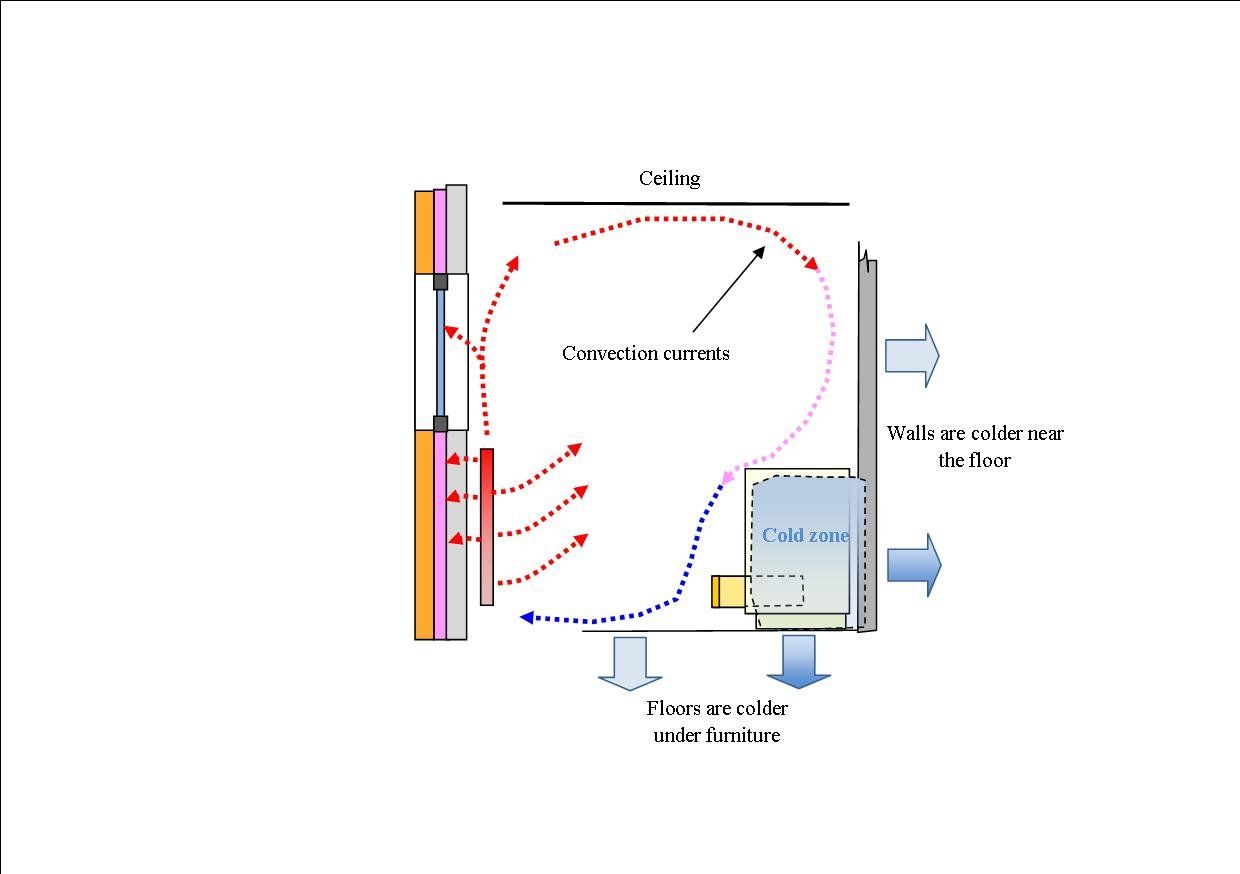Is Artex on ceilings and walls a Health Hazard?

'No I won't buy the property as there is Artex on the ceilings!'
Chatting
with the director of a local Estate Agency it appears that property buyers have
pulled out just because the surveyor has noted ‘Artexed ceilings’.
Is Artex dangerous? If so why?
It’s true that some of the textured plaster finishes used on ceilings and walls contained asbestos.
Asbestos has been known as a potential health hazard since the late 1700’s so it’s nothing new. It can cause a lung disease Mesothelioma, more commonly known as asbestosis.
Who is at risk?
Well it is really ‘luck of the draw’, a bit like smoking. If you worked with asbestos, asbestolux and asbestos lagging you will have been in the high risk category. Working in construction and more recently demolition the risk is very much increased.
The HSE (Health and Safety Executive) provide a lengthy list of the various trades and professions that are at risk on their website: http://www.hse.gov.uk/asbestos/risk.htm
Risk assessment
In comparison with smoking it doesn’t follow that having one cigarette will give you lung cancer. It could though and that is where ‘luck of the drawer’ comes in. As with the case of Roy Castle who was a non-smoker it is possible to contract lung cancer by being in a room with smokers. But it doesn’t mean it is going to happen – just the risks are increased.
Okay but what about the Artex ceilings?
During the 1970’s many new buildings had the then fashionable textured ceilings. Swirly non-descript patterns through to stipple effect with plaster coving around the top of the wall.
As with most fashions plain, smooth white ceilings were ‘old hat’ and could be made to look luxurious and modern with the figured coating. It also covered up cracked ceilings.
To stop the thin coat of plaster drying out too fast and help it bond powdered asbestos known as ‘chystotile asbestos’ was added to the plaster during manufacture. It accounted for less than 2% by volume of the plaster.
Is there a risk to health? Yes is the short answer and that is the reason it was banned on November 24th 1999. Asbestos and materials containing asbestos were banned in 1985 however chrysotile could still be used until it was banned in 1999.
The plasterers and ‘Artexer’s’ (specialist plasterers) and their labourers would have been in the very high risk category as they were breathing in the dust most of the day.
What about all the buildings that have figured plaster ‘Artex’ ceilings and walls?
Not a problem as long as the surface has been painted over with emulsion paint. Most emulsion paints are basically PVA (the same liquid used as wood glue) and pigments plus water. The water enabled the emulsion to soak into the surface of the plaster and the PVA then dried off sticking the pigment on the surface forming a skin.
The second and consequent coats of emulsion then bonded to the surface building up a thicker skin. That has sealed the plaster in and if there is any asbestos in with the plaster (not all figured plaster contained it though) it is safely contained.
What about scraping it off? – NOT a good idea at all . The best option is to wash the ceiling over to remove any grease and then coat with a dilute wash of PVA (or two). Let it almost dry off and then skim the surface with Thistle Finishing plaster or similar product.
The same applies to walls that have been coated with sculptured plaster. A popular pattern was the heavy relief pattern ‘tree bark’. It will require more than just a skim coat to cover that.
However a good tradesman (yes or trades girl) should be able to skim over without taking the sculptured plaster off. Unless the Artex has been put on very thickly it should be possible for the plasterer to ‘feather’ the edges so the coating doesn’t mean the light switches, power sockets, skirting boards and architrave need moving.
What about the gels that are designed to remove figured plasters?
As I haven’t any firsthand knowledge of how good and effective they are I cannot comment.
However the HSE though state that if large areas are to be removed using the gel or steaming it off then it is ‘notifiable’ and must be treated as a ‘hazardous material’ . That then becomes a specialist job using full precautions and specialist equipment. The disposal of the waste also becomes a hazardous waste . Not putting it in a black dustbin bag and out for the rubbish or down the tip. There is more information on the HSE website.
Who else is at risk? Electricians – they are probably the most at risk when they chase out through the plaster with a ‘wall chaser’. It is a machine that cuts a channel using high speed rotating blades. They throw out so much dust it becomes like a fog. Wearing a dust mask isn’t going to help much if at all.

The manufacturers
of ‘wall chasers’ have designed much better machines that have a hood that can
be connected to a constant suction machine such as a vacuum cleaner.
However the vacuum holding container must be suitable for masonry dust and the filters capable of preventing dust from the exhaust. Not a domestic vacuum cleaner though.
But my property needs a re-wire and I want additional sockets.
If the walls are finished in ordinary plaster then normal PPE (Personal Protective Equipment) should be worn. Eye protection, ear protection and a suitable dust mask. Polythene dust sheets should be used to cover furnishings and carpets etc.
If the wall has figured plaster treat it as if it is Artex even if it isn’t. There were alternatives being used such as ‘Wondertex’ made by RMC. It was asbestos free (that’s what they told us).
Where Artex or similar figured plasters have been used on a wall that is to be chased out then sheet out with polythene over the floor area and tape the edge to the skirting board. Place a length of wetted kitchen paper along the edge where the wall abuts the floor. The idea is the damp kitchen paper will catch and small particles and heavier dust.
Score through the paint and surface plaster with a sharp knife where the intended chase is to go and use a small hand spray or wet (not dripping wet) cloth to wipe over the chase. Use a sharp bolster chisel to cut through the plaster layers down to the backing coat. Remove the coated plaster into a bucket and take it outside.
The important issues are:
1.
The
sculptured plaster (Artex or similar) will have been removed in chunks, not
dust. There will be some minute dust particles and that is why the wet cloth
was required. That will stop the dust.
2.There will be small particles that will fall away (and some larger ones if the original plaster is old and friable). Those will drop down onto the polythene sheet and be caught up on the wetted kitchen towel.
3.Cleaning up is easy – kitchen towel can go in the refuse. With the small amount of potential dust it is not a listed hazardous material like asbestos. A quick wipe over the polythene with a damp piece of kitchen towel and dispose of in the bin outside.
4.The rest of the chase depth can be cut either using a sharp bolster chisel, ‘needle’ out and finish with a sharp bolster.
Using your domestic vacuum cleaner is not a good idea . They are not designed for masonry dust and the exhaust will be blowing out into the room.
The size of the dust is measured on microns, so small it cannot be seen with the naked eye and will float in the air if blown about.
A dust pan and brush is better and damp kitchen towel to wipe up the residue dust. Then a quick rinse of the dust pan and brush.
Why isn't it a good idea using my vacuum cleaner?
If
there is asbestos in the dust
you don’t want it left in your vacuum cleaner. The filtration system isn’t
designed to take that kind of dust. Most house dust is relatively soft flakes
of dead skin, fabric fibres from clothes, furnishings and small amounts of grit
and dust from outside. The HSE recommend a class H vacuum cleaner be used. They
are specifically designed for working with asbestos.
A HEPA filter will not stop asbestos particles This is an extract from the HSE information sheet: ‘Never use domestic vacuum cleaners, even those fitted with high efficiency particle arrestor (HEPA) filters as these are not adequate for use with asbestos, and will allow asbestos fibres to pass straight through’.
Some hire shops can help. It isn’t mandatory for just a few holes or a one off short chase but logically it lowers the risk.
Macho, macho Man! – There is nothing macho about not taking precautions for your health (or those around you). The Health and Safety at Work Act requires everyone (no exceptions) to be responsible for their own health and safety and those around them .
I am thinking of having recessed lights put in
A very popular ‘home improvement’. Simple – buy a holesaw from the DIY store, cut the hole, wire up the light – yep simple! Or is it?
Using a ‘holesaw’ attached to an electric drill creates dust. The teeth on the cutter cut through the plaster converting it into dust. The rotation of the cutter and the fan on the drill will blow some of the dust around and into the air. More of the dust will fall onto the person using the cutter; onto their hand, down their arm and over their face.
Holesaws are relatively cheap and easily available so tend to be a popular DIY job. (There are Regulations but that will be another blog)
An electrician should be using a shrouded cutter though. It is designed to keep the dust in a container which fits against the ceiling. The problem is that a figured plaster coating by its design is not smooth and the shroud does not stop all the dust.
An electrician who is working as a business should have a ‘Risk Assessment’ and ‘Method Statement’ if they are working on a large job as a subcontractor. The client and main contractor will require those as part of the Health and Safety requirement.
However the domestic electrician is unlikely to have those. If a ‘one man band’ it’s not a legal requirement however if it is a business with several employees there is a legal requirement. Don’t laugh too loud – I agree I have never come across a domestic electrician who has them, most don’t even know what they are.
In brief:
- Whatever the job and whoever is doing it there are risks. The aim is to minimise or completely remove them. Think the job through right up to ‘thanks very much, I’ll be off now – job finished’.
- If it is a relatively small amount of work such as drilling a few hole through figured plasters to put say a book shelf up or curtain rail then try and catch as much of the dust as practical onto a damp sheet or two of kitchen paper. The HSE provide a very useful help sheet for drill holes etc.
One practical tip is to use wallpaper paste. It is thick and sticky so dub it where you intend to drill and use either a hand drill or slow speed on a powered drill. The wallpaper paste will catch the dust and can easily be wiped off with damp kitchen towel.
If you intend having a large area such as wall or ceilings steam stripped or gel stripped it becomes a notifiable project . That means by Law you must notify the Local Authority and then carry out the work in accordance with the removal of Hazardous Material . It is really then a specialist contractor job. Not as the various ‘forums’ would have you believe.
If you intend using any of the gel type strippers contact the manufacturers and ask for the Independent test certificate such as BBA (British Board of Agrĕment) or similar, or their Safety Sheets. Some appear to have no independent test certificates or safety sheets. They are a requirement if the products are being used commercially and should be available for the domestic market as well.
If the product is corrosive enough to go through emulsion paint and then soak into the textured plaster enough to de-bond it then it has to be hazardous. There has to be advice as to what to do if it is in contact with skin or splashed in the eye, inhaled or swallowed. There is also a requirement for any contractor to supply that information as part of their Risk Assessment and Method Statement (R.A.M.s).
Looking on the bright side the figured plaster coating may not contain asbestos. If you are worried or just concerned you can have a laboratory test samples and they will confirm whether it contains asbestos or not. It is important to use reputable and registered Asbestos removal firms. Obviously they charge a fee but you will know for certain.

Finally the HSE have stated that the risks are based on moderation. If you intend to put up a curtain rail, book shelf or something similar take the precautions mentioned above. If you intend having a ceiling or walls stripped of figured plaster it would be worth having the material analysed first. If it doesn’t contain asbestos then steaming it off may be okay. The plaster content is calcium carbonate mainly so not a problem.
If the material is Artex that contains asbestos then it is best to employ a registered specialist. Not just a local builder who says he can do it. Reading the blogs on-line is enough to realise there are a lot of ‘so called builders’ that do not know much about Health and Safety.
An excellent website explaining Non-licensed tasks involving Artex:
http://www.hse.gov.uk/pubns/guidance/em4.pdf




